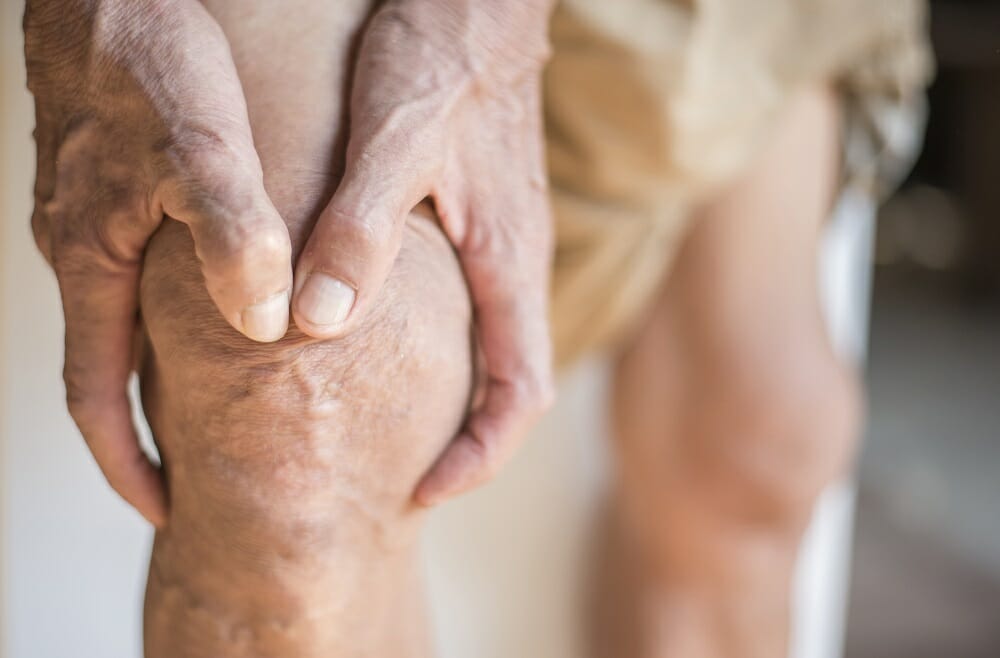Treatment for Knee Osteoarthritis
What is Knee Osteoarthritis?
Knee osteoarthritis, also called wear-and-tear arthritis and osteoarthritis of the knee, is a condition that causes knee stiffness, swelling and pain. These symptoms are triggered when the cartilage on the surface of the knee joint and underneath the patella (kneecap) breaks down. The cartilage serves as a cushion that keeps bones of the joints from rubbing together.
The rubbing can lead to the formation of abnormal bony growths, called bone spurs or osteophytes. This is similar to a bone formation process known as ossification. Ligaments and joint capsules will also contract and thicken slowly.

How is knee osteoarthritis diagnosed?
Your doctor will begin with a physical examination to diagnose your condition. Your medical history will be taken and symptoms will also be noted.
Additional testing may be ordered by your doctor to rule out other possible causes of your symptoms. These tests include:
- X-rays to check the presence of bone spurs, as well as bone and cartilage damage.
- Magnetic Resonance Imaging (MRI) scans when the X-rays suggest damage of other joint tissues or do not give clear reasons for symptoms.
- Blood tests may also be ordered to rule out conditions such as rheumatoid arthritis, that could be causing the joint pain.

Is knee osteoarthritis curable?
There’s currently no cure for knee osteoarthritis. However, a number of treatments can help ease symptoms and prevent the condition from getting worse.
Can you reverse osteoarthritis of the knee?
It’s not possible to reverse the joint damage once the process of the disease has started. This is why it’s important you begin treatment as soon as you notice symptoms, in order to prevent the condition from progressing.
What is the best treatment for knee osteoarthritis?
There are different treatment techniques that your orthopaedics expert will recommend depending on your situation. The main goals are to help restore and improve mobility as well as prevent the disease from becoming worse. The following are treatment plans for knee osteoarthritis:
Weight loss: being overweight can exact pressure on your knees. Weight loss can help reduce the strain on your joints.
Exercise: stretching exercises will help keep the joint flexible and mobile. Pain can be decreased and the joint can be kept stable by strengthening the muscles around the knee.
Medications: anti-inflammatory drugs and pain medications such as naproxen sodium, ibuprofen, acetaminophen, or, in certain cases, opioids, can be administered. Steroids, which are powerful anti-inflammatory medications, and hyaluronic acid, a type of joint lubricating fluid, may be injected into the knee.
Braces: support braces that support the entire knee, and unloader braces, which help remove weight from the knee affected, may be recommended by your doctor.
Alternative therapies: these include acupuncture, use of capsaicin cream, as well as supplements like chondroitin and glucosamine.
Occupational and physical therapy: occupational therapists will coach you on techniques that will help you cope with work and carry out regular activities. Physical therapists will teach you how to increase joint flexibility and strengthen your muscles.
